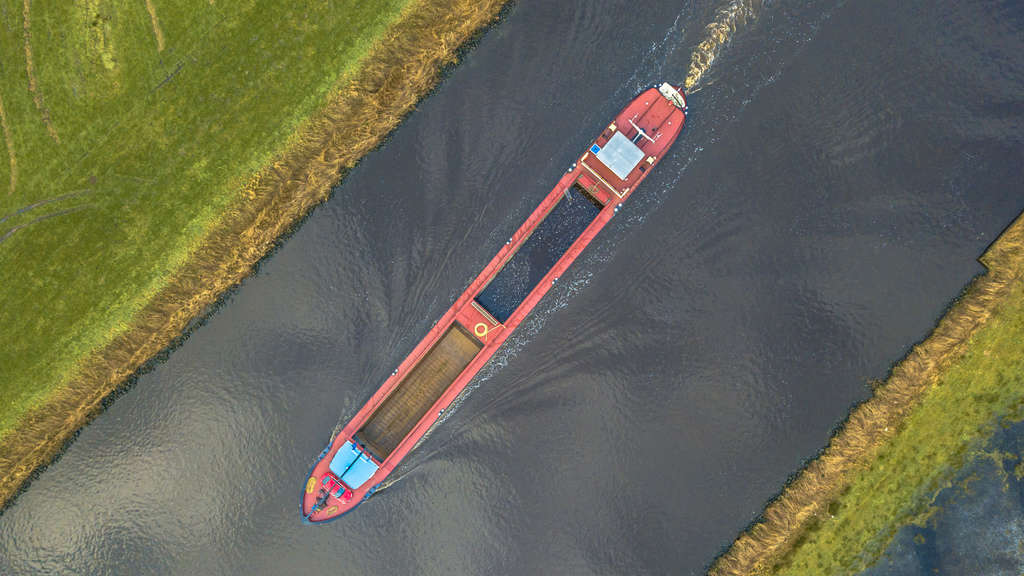The Netherlands is home to the port of Rotterdam – the largest container port in Europe and the tenth largest in the world, with a total throughput volume of 469 million tonnes in 2018. However, what is even more impressive is the country’s inland waterways market. With roughly 6,000 ships sailing on its rivers and channels, the Dutch inland waterways account for nearly 80 percent of all the vessels that sail inland within Europe – an overwhelming dominance in a market that is now gaining relevance for its low fuel-consuming freight movement.
Nancy Scheijven-Westra, the director of the Dutch vessel traffic and water management department, spoke at the Autonomous Ship Technology conference in Amsterdam, highlighting the importance of increasing competitiveness, safety and sustainability within the inland sector through the use of innovative automated shipping technology.
Scheijven-Westra initiated her talk by pointing out the Dutch infrastructure and water management ministry’s commitment to smart shipping – and an acknowledgement of the existential threat to the competitive advantage that inland waterways have over the roadways.
Over the last few years, road transport has seen an extensive push towards self-driving vehicle technology, having captured the collective interest of original equipment manufacturers, software giants and startups – with all of them working toward a common goal of putting fully autonomous vehicles on the road within the next decade. If the system of waterways wants to wrestle back its dominance, it will have to invest heavily in the technology of autonomous ships.
Then again, inland waterways have a more immediate concern floating around – the receding water levels within rivers and canals across large swathes of Europe. Though there has been a clamor for building bigger locks across channels to enable larger vessels to sail inland, these demands might fritter away when water levels run low in inland waterways.
To circumvent this issue, the industry should look at introducing smaller, autonomous ships. That apart, there also is the concern of an aging population behind the steering wheel, with Scheijven-Westra mentioning that the average age of those sailing inland ships is around 50 years within the Netherlands.
For the Dutch waterways ministry, it is important to step in and promote smart shipping and unmanned freight movement, because technology can have an incremental effect on the country’s economic welfare, safety and moral sustainability.
The ministry has unveiled a single window application system for companies that wish to test autonomous ship technology within Dutch waters. “You can say what you want to test, with whom you want to test, and where you want to test – you can practically test anywhere as long as you say where, and we will set the preconditions on how you can test,” said Scheijven-Westra.
Aside from testing on inland waterways, companies can also sail their autonomous ships in a 12-mile zone in the North Sea bordering the Netherlands – a convenient area to test collision avoidance systems. Testing such futuristic technology brings together a variety of stakeholders like academic institutions, industry incumbents and the governing bodies to the table, to discuss the adaptations needed within the industry to expedite the roadmap to adoption. “This is not just from the point of view of the shipbuilder, but also the point of view of the legislator as he would have to know how it works to put it in the legislation,” said Scheijven-Westra.
With the advent of unmanned vessel technology, the lines separating shipbuilders and autonomous software providers will gradually cease to exist, because both stakeholders are critical to realizing a fully autonomous ship in the waters. “As the government, we will take up the role to bring all the parties together so that they can have a shared community,” said Scheijven-Westra. “It is not just the government taking up all the effort, but we want to do it together as it is not us who decide on how the sector looks like, but the people.”










